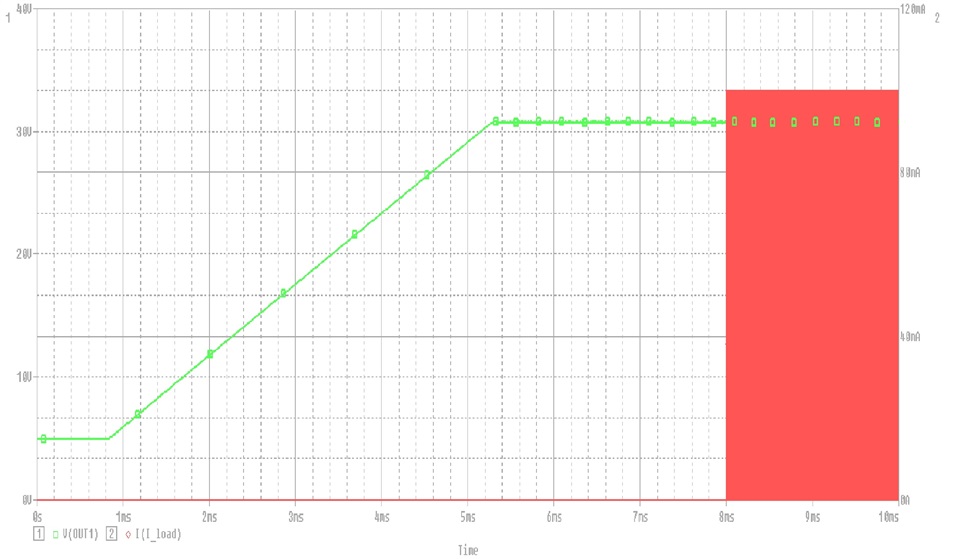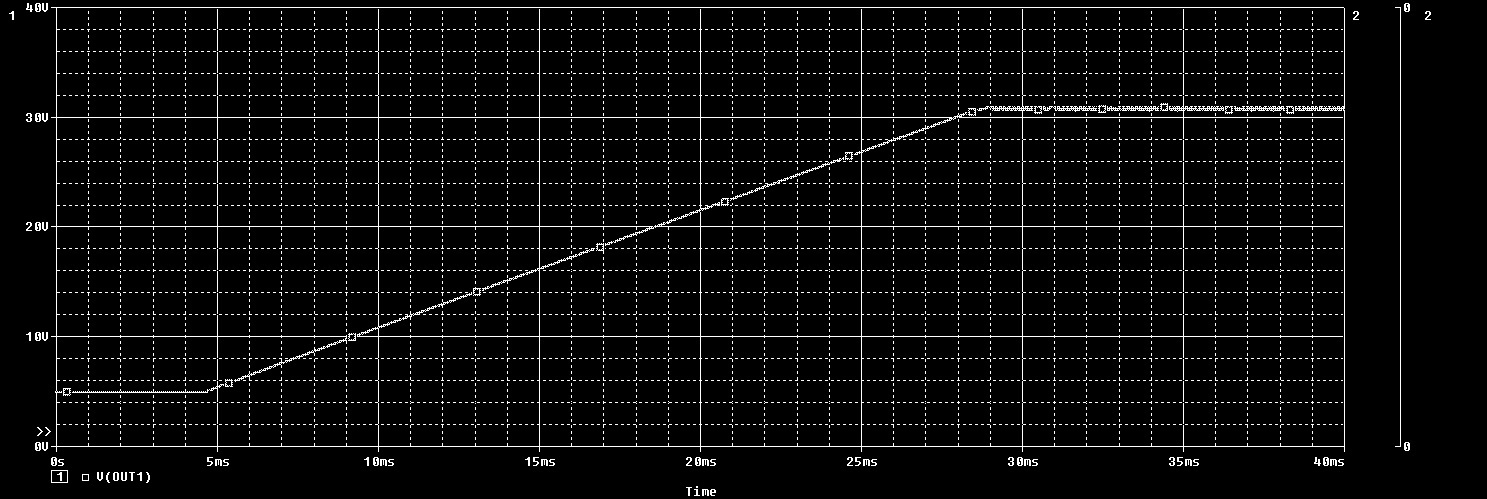Other Parts Discussed in Thread: LM5157
Hello,
I need following conversion Vin = 5V, Vout = 40V, Iout_max = 150mA. I enetered them in Webench Power Designer.
Webench Power Designer poroposed several solutions.
Good compromise among all solutions (in term of IC temperature and number of components) was LM51571.
But output ripples were quite significant for my app - more than 100mV.
Should I refine component values in simulations (transfering schematic in Pspice for TI) or deos exsit method to limit ripples in Webench Power Designer.
Thanks in advance.
Pavel.



